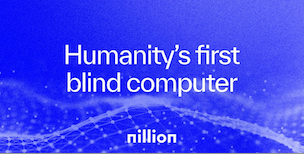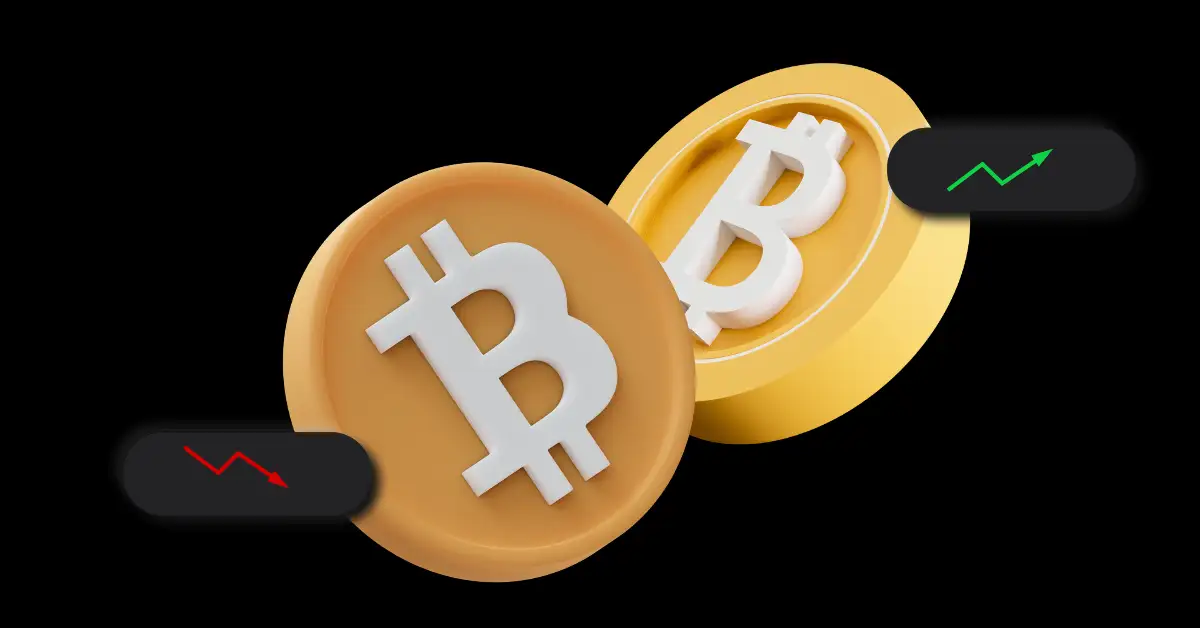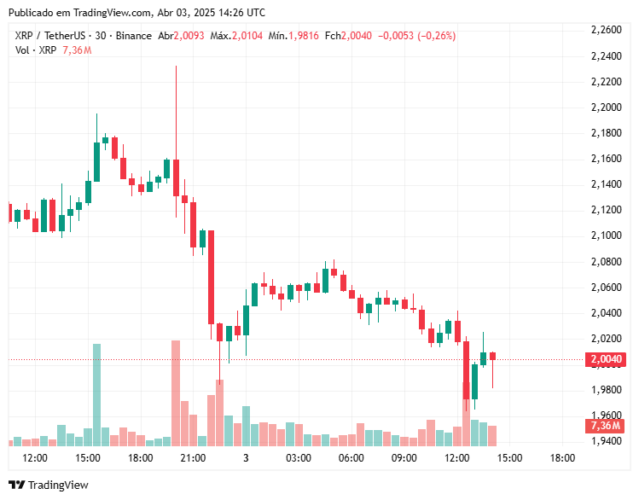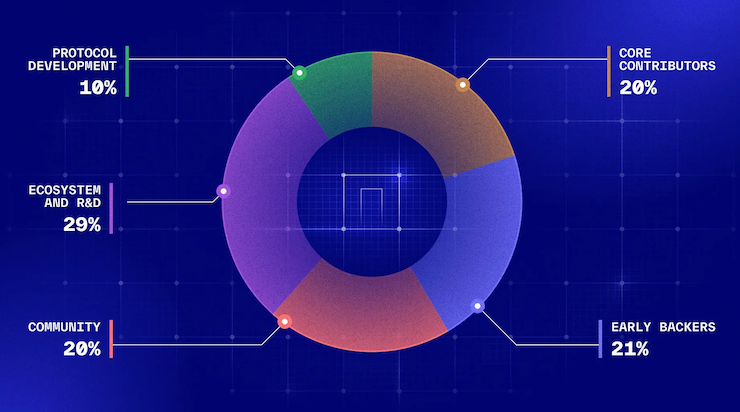Research Report | In-Depth Analysis of the Nillion Project & NIL Token Valuation
I. Project Overview
Nillion, founded in 2021, is a decentralized privacy-preserving computation infrastructure focused on providing developers with secure and efficient data processing capabilities. It supports the development of privacy-friendly applications in AI, DeFi, and data storage. By leveraging a unique architectural design and integrating multiple privacy-enhancing technologies (PETs) such as Multi-Party Computation (MPC), Fully Homomorphic Encryption (FHE), and Trusted Execution Environments (TEE), Nillion enables "blind computation" on sensitive data, ensuring confidentiality and data ownership during usage.
The Nillion network consists of two core layers:
- The Coordination Layer (nilChain), built on the Cosmos SDK, handles payments, coordination, and security mechanisms.
- The Orchestration Layer (Petnet) is responsible for executing encrypted computations and managing data storage.
Developers can utilize a suite of tools including nilVM, nilDB, and nilAI to build privacy-driven applications across various abstraction levels using Nillion’s underlying protocols and compilers.

The mainnet is now live. Nillion has established ecosystem partnerships with Aptos, NEAR, Arbitrum, Ritual, Healthblocks, and others, covering areas such as AI inference, medical data, on-chain identity, and DePIN. It is gradually building a privacy computation network tailored for high-value data processing. NIL is the platform’s native token, used for payments, staking, validation, and governance.
II. Project Highlights
-
Integration of Multiple Privacy-Enhancing Technologies
Nillion does not rely on a single technical approach. Instead, it integrates various PETs including MPC, FHE, and Zero-Knowledge Proofs (ZKP). Through modular combinations, it offers developers flexible, efficient, and secure data processing capabilities, supporting a wide range of use cases from basic computation to AI inference. -
Unique Dual-Layer Architecture to Address Performance and Privacy
Unlike traditional blockchains that rely on global consensus, Nillion separates computation and payment through its dual-layer architecture. The Coordination Layer manages incentives and scheduling, while the Orchestration Layer focuses on executing privacy-preserving computations and storing data. This design supports horizontal scalability and customizable clusters, offering elastic support for applications of varying sizes. -
Developer-Friendly with a Complete Toolchain
Nillion provides a comprehensive development toolchain, including nilVM, nilAI, nilDB, and a dedicated programming language called Nada. It supports integration with JavaScript and Python, enabling developers to build and deploy privacy-centric applications without deep cryptographic knowledge. Key use cases include AI, data marketplaces, and DeFi. -
Steady Ecosystem Expansion with Rich Multi-Chain Integrations
The project has formed collaborations with major blockchain ecosystems such as Aptos, NEAR, Arbitrum, and Sei. It serves real-world applications including Virtuals, Healthblocks, and Ritual, covering AI inference, health data, and on-chain identity. These integrations demonstrate strong usability and expansion potential.
III. Market Valuation Outlook
As a decentralized privacy computation network, Nillion combines advanced PETs like MPC and FHE to build foundational infrastructure for AI inference, data storage, DeFi protocols, and cross-chain ecosystems. The NIL token plays a central role in the ecosystem, serving multiple purposes including payment for privacy computation services, node incentives, and governance. Its market valuation can be benchmarked against similar infrastructure projects such as Sei Network (SEI), privacy chain Aleo, and SVM acceleration chain Solayer (LAYER).

IV. Tokenomics
- Total Supply: 1,000,000,000 NIL
- Initial Circulating Supply: 19.52%
Token Allocation and Vesting:
- Ecosystem & R&D (29%): Supports continuous development and iteration of the Nillion network.
- Community (20%): Incentivizes developers, partner projects, and ecosystem users, supporting early application adoption.
- Protocol Development (10%): Funds core protocol layer enhancements and technical evolution.
- Early Supporters (21%): Allocated to seed and private round investors, with linear vesting as per agreements.
- Core Contributors (20%): Rewards team members and key technical contributors, with lock-up and release mechanisms.
Token Utility:
- Payments for Computation and Storage: NIL is the primary payment token within the Nillion network, used for privacy computation, data storage, AI inference, and other services.
- Node Staking and Network Security: Validators on the Coordination Layer and nodes on Petnet must stake NIL to participate in network operations, boosting node credibility and cluster attractiveness.
- Community Governance: NIL holders can participate in on-chain governance, including protocol upgrades, resource allocation, and ecosystem funding proposals.
- Incentive Mechanism: Provides rewards to developers, node operators, and ecosystem contributors to drive sustainable network growth.
V. Team & Funding
Team:
Nillion was founded by a core team with strong expertise in cryptographic research and blockchain engineering. Team members have backgrounds at Hedera, Uber, Indiegogo, Goldman Sachs, Nike, and other notable companies.
- CEO Alex Page was a General Partner at Hedera SPV and a banker at Goldman Sachs.
- CSO Andrew Masanto is a co-founder of Hedera.
- CBO Slava Rubin is the founder of Indiegogo.
- Founding CTO Conrad Whelan was a founding engineer at Uber.
- Chief Scientist Dr. Miguel de Vega holds over 30 patents and has supervised multiple PhD students.
The team brings robust technical capabilities and a strong capital network.
Funding:
Since its inception, Nillion has completed multiple funding rounds, raising a total of $50 million. The capital is primarily used for PET development, network deployment, and ecosystem building. Investors include Hack VC, HashKey Capital, Maelstrom, Distributed Global, GSR, and Animoca Brands, all of whom have strong Web3 investment backgrounds.
VI. Risk Warnings
-
Nillion integrates various PETs such as MPC, FHE, and ZKP. While these offer theoretical innovation, their ability to support complex computation tasks at commercial scale remains to be proven. Additionally, although the development toolchain (e.g., nilVM, Nada) is relatively mature, failure to continuously optimize it may hinder developer adoption and ecosystem growth.
-
While Nillion has announced collaborations with several L1 chains (e.g., Aptos, NEAR, Sei) and projects (e.g., Ritual, Virtuals), the actual depth of integration—such as data processing frequency and token utility—still requires market validation. If ecosystem partnerships remain superficial without sustained usage, it could weaken real demand for the NIL token.
VII. Official Links
- Website: https://nillion.com/
- Twitter: https://x.com/nillionnetwork
- Discord: https://discord.com/invite/nillionnetwork
Disclaimer: The content of this article solely reflects the author's opinion and does not represent the platform in any capacity. This article is not intended to serve as a reference for making investment decisions.
You may also like
Ethereum whales accumulate 130,000 ETH amid price drop

Ethereum's imminent fall: Trader predicts historic 91% devaluation against Bitcoin

Kiyosaki Reveals Next Big Opportunity; Bitcoin and Gold Debunked?

XRP Awaits SEC Verdict in Crucial Meeting Today; Understand

